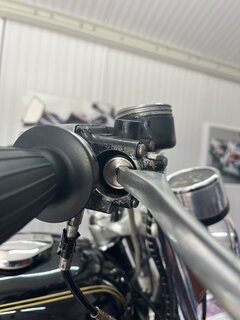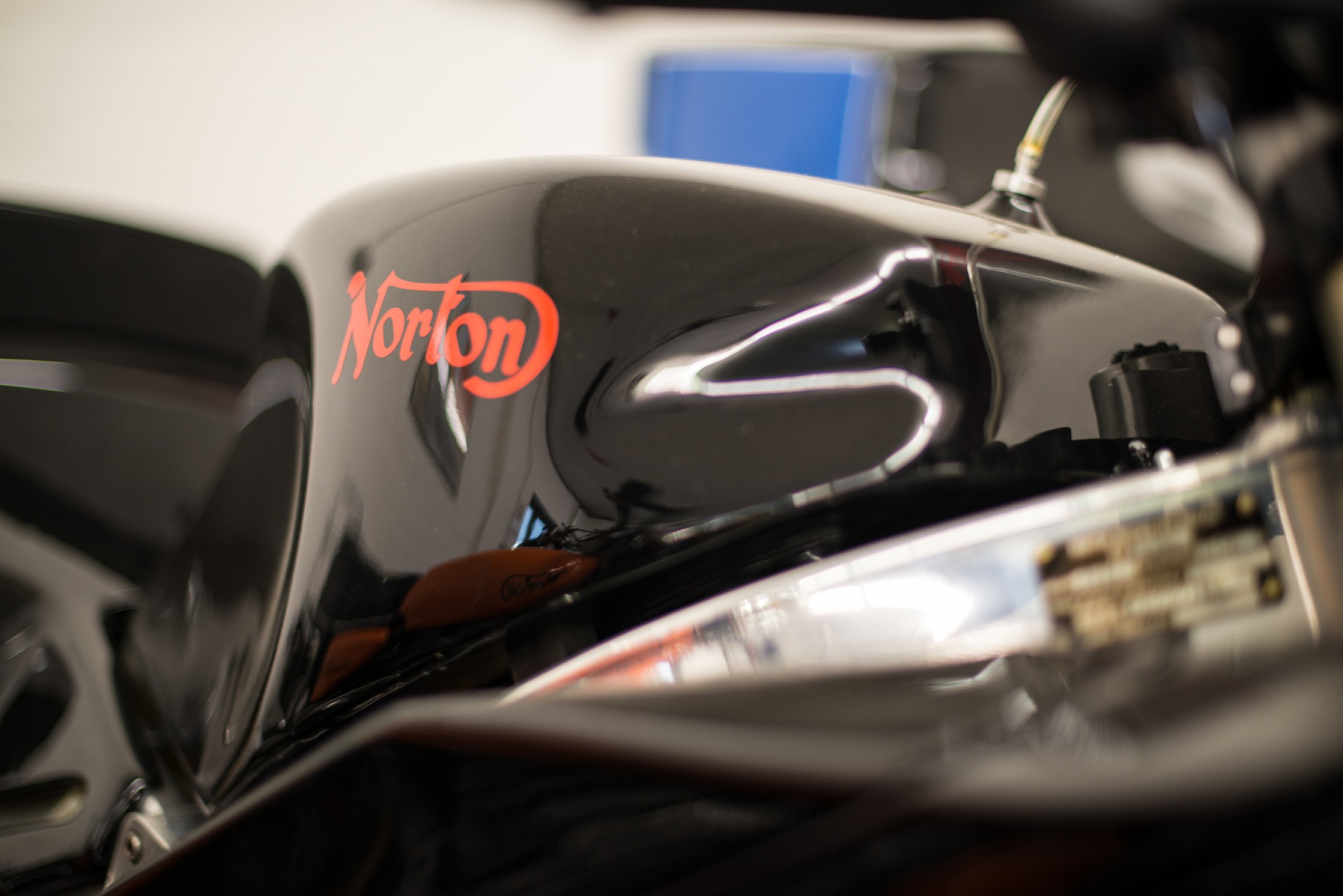Head
VIP MEMBER
- Joined
- Jan 26, 2021
- Messages
- 169
well folks,
i fitted an rgm re sleeve 13mm kit to my standard 74 850 ,i installed a braided line and ebc pads, the difference was amazing ,loads of feel now and massive stopping power to previous set up,
i have done 1k now on new complete top end rebuild using the top spec parts, i went to re torque the head and all was perfect
question is it safe now to push on with more revs and speed, i normally ride at 80mph have not gone past 65 to 70 for last few months
is the norton good for 80 to 90 mph on a regular baqsis ?
the bike has a single mikuni carb kit runs perfect and hot or cold starts first kick everytime even after few weeks lay up still starts first kick
now that my brakes are great i just want to push her on in terms of the speed, any help or advice be great folks thank u
i fitted an rgm re sleeve 13mm kit to my standard 74 850 ,i installed a braided line and ebc pads, the difference was amazing ,loads of feel now and massive stopping power to previous set up,
i have done 1k now on new complete top end rebuild using the top spec parts, i went to re torque the head and all was perfect
question is it safe now to push on with more revs and speed, i normally ride at 80mph have not gone past 65 to 70 for last few months
is the norton good for 80 to 90 mph on a regular baqsis ?
the bike has a single mikuni carb kit runs perfect and hot or cold starts first kick everytime even after few weeks lay up still starts first kick
now that my brakes are great i just want to push her on in terms of the speed, any help or advice be great folks thank u


